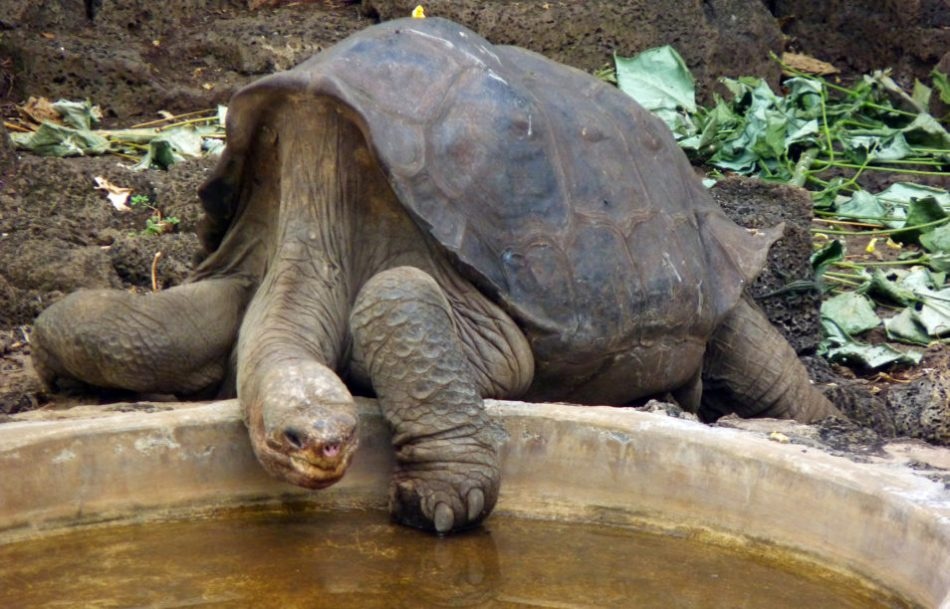Dec 18 2019
How long did a woolly mammoth live for? What about a Neanderthal?
 Vale Lonesome George. By I – Look from London, United States – lonesome george, CC BY 2.0,
Vale Lonesome George. By I – Look from London, United States – lonesome george, CC BY 2.0,
Our trusty team of researchers have discovered a simple way to estimate how long living and extinct animals lived using DNA. Using our method, we discovered extinct woolly mammoths lived for 60 years, five years less than the modern African elephant.
The recently extinct Pinta Island giant tortoise from the Galapagos lived for 120 years. To find out, we analysed the genome sequence of the last surviving member of the species, Lonesome George, who died in 2012.
Extinct animals: the secret’s in our DNA
“If we know a species’ genome sequence, we can estimate its lifespan based on a special type of DNA change called DNA methylation,” Dr Ben Mayne, a postdoctoral fellow with our Environomics Future Science Platform told us.
The human genome revealed the natural lifespan of humans is 38 years. That might sound alarming, but it matches what anthropologists estimate was the lifespan of early modern humans.
Lifestyle factors such as good nutrition, sanitation, and access to vaccines have increased our lifespan. We’ve seen this in recent times. Thirty-eight years is closer to the natural limit. It’s why the lifespan estimate of 39.7 years for chimpanzees, is close to their observed lifespan in the wild. Similarly, our close relatives the Neanderthals had a maximum lifespan of 37.8 years
Managing wild populations
As well as giving us fascinating insights into extinct animals, this discovery benefits fisheries and conservation management. Until now, managing wild populations has relied on observing how long animals live in the wild. This can be difficult for very long-lived species.
“Some species have very long natural maximum lifespans. We found that Bowhead whales can live for 268 years. This is 57 years longer than scientists believed after studying changes to the eye lens of deceased individuals,” Ben said.